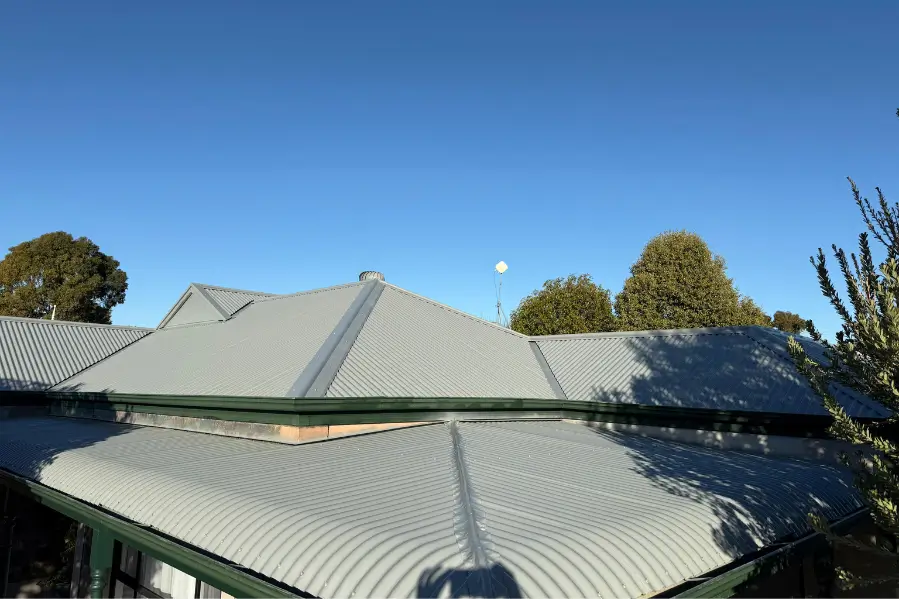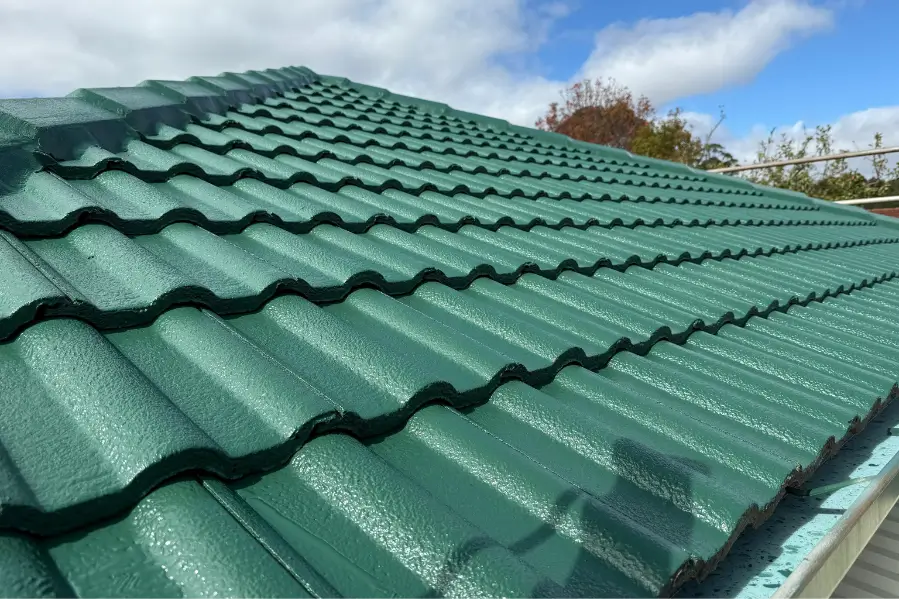The lifespan of a roof depends on the material, installation quality, local climate, and how well it is maintained. Asphalt shingles typically last 15–30 years, metal roofs can last 40–70 years, while slate and tile roofs often last 50–100 years or more.
Understanding how long different roofing systems last helps homeowners plan for timely repairs or replacement. Factoring in roof type, weather conditions, and upkeep ensures better protection for the home and avoids unexpected expenses.
Average Lifespan of Roofing Materials

The lifespan of a roof varies by material, with some lasting 20 years and others exceeding 100 years depending on quality, climate, and maintenance.
1. Asphalt Shingles
Asphalt shingles are the most widely used roofing material for homes. Standard 3-tab shingles last about 15–20 years, while architectural shingles offer greater durability and can last 20–30 years with proper care.
2. Metal Roofs
Metal roofing made from steel, aluminum, or copper provides excellent strength and energy efficiency. A professionally installed metal roof lasts 40–70 years, making it a long-term investment for homeowners in all climates.
3. Clay and Concrete Tiles
Clay and concrete tile roofs are heavy but extremely durable. When installed correctly, they can last 50–100 years and perform especially well in hot, dry regions.
4. Slate Roofs
Natural slate is one of the longest-lasting roofing choices. A slate roof can last 75–150 years, offering unmatched durability, though it is more expensive than other options.
5. Wood Shingles and Shakes
Cedar and other wood roofing materials provide a natural appearance but require frequent maintenance. Their average lifespan ranges from 20–40 years, depending on climate and upkeep.
6. Flat Roofs
Flat roofs, often used in commercial buildings, are built with EPDM, TPO, or modified bitumen membranes. Their typical lifespan is 10–30 years, influenced by material quality, installation, and regular maintenance.
Factors That Affect Roof Longevity
- Climate and weather: Roofs exposed to heavy rain, snow, strong winds, or extreme heat tend to wear out faster. Consistent exposure to harsh conditions shortens the overall roof lifespan.
- Installation quality: A roof installed by professionals lasts longer because proper sealing, alignment, and flashing prevent early damage and leaks.
- Roof ventilation: Adequate airflow in the attic reduces moisture buildup and prevents overheating, which helps protect shingles and underlayment.
- Regular maintenance: Routine inspections, gutter cleaning, and timely repairs stop small issues from turning into major roof problems and extend durability.
- Roof pitch and design: Steeper roofs shed water, snow, and debris more efficiently, while flat or low-slope roofs often require more frequent attention.
Signs Your Roof Needs Replacement

Damaged or missing shingles are one of the clearest signs a roof is failing. Shingles that are cracked, curled, or loose leave your home exposed to leaks and weather damage.
Water stains on ceilings, frequent leaks, or sagging roof sections often signal serious underlying problems. These issues usually mean the roof structure is weakening and needs replacement.
Moss, algae, or mold growth also reduce roof life by trapping moisture. If your roof is already past its expected lifespan, replacing it is often the most cost-effective solution.
How to Extend the Life of Your Roof
The best way to extend roof lifespan is through regular inspections. Having a professional check your roof once a year helps catch small problems before they turn into costly repairs.
Keeping the roof surface clean also makes a big difference. Removing debris, moss, and lichen prevents moisture buildup and protects shingles or tiles from early wear.
Proper attic ventilation and insulation are equally important. Good airflow reduces heat and moisture, which keeps roofing materials stronger for longer.
Finally, addressing issues quickly helps maximize durability. Replacing damaged shingles or tiles and applying protective roof coatings where suitable can add years to the life of your roof.
Final Thoughts
A roof can last anywhere from 15 years to over 100 years depending on the material and maintenance. Asphalt shingles are affordable but shorter-lived, while slate and tile offer long-term durability. Regular inspections, timely repairs, and professional installation can significantly extend roof life.
If your roof is nearing the end of its expected lifespan, consult a roofing contractor to discuss whether repair or full replacement is the best option.
Looking for expert roof restoration or replacement in Adelaide? Long life Roofs provides reliable roofing services that protect your home for years to come. Contact us today for a free roof inspection and quote.
Frequently Asked Questions
1. How often does a roof need to be replaced?
Most roofs need replacement every 20 to 30 years, depending on the material and maintenance. Asphalt shingles last around 15–30 years, metal roofs 40–70 years, and tile or slate roofs can last 50 years or more. Regular inspections help determine the right time for replacement.
2. What roof lasts 100 years?
Roofs made of slate, clay tiles, or concrete tiles can last 100 years or more with proper installation and maintenance. Slate is the most durable option, often lasting up to 150 years, while high-quality clay and concrete tiles commonly reach a century of service life.
3. How long do shingles last on a roof?
Standard asphalt shingles last about 15 to 20 years, while architectural shingles are more durable and can last 20 to 30 years with proper care. Climate, ventilation, and regular maintenance also affect how long shingles will last.


Leave A Comment